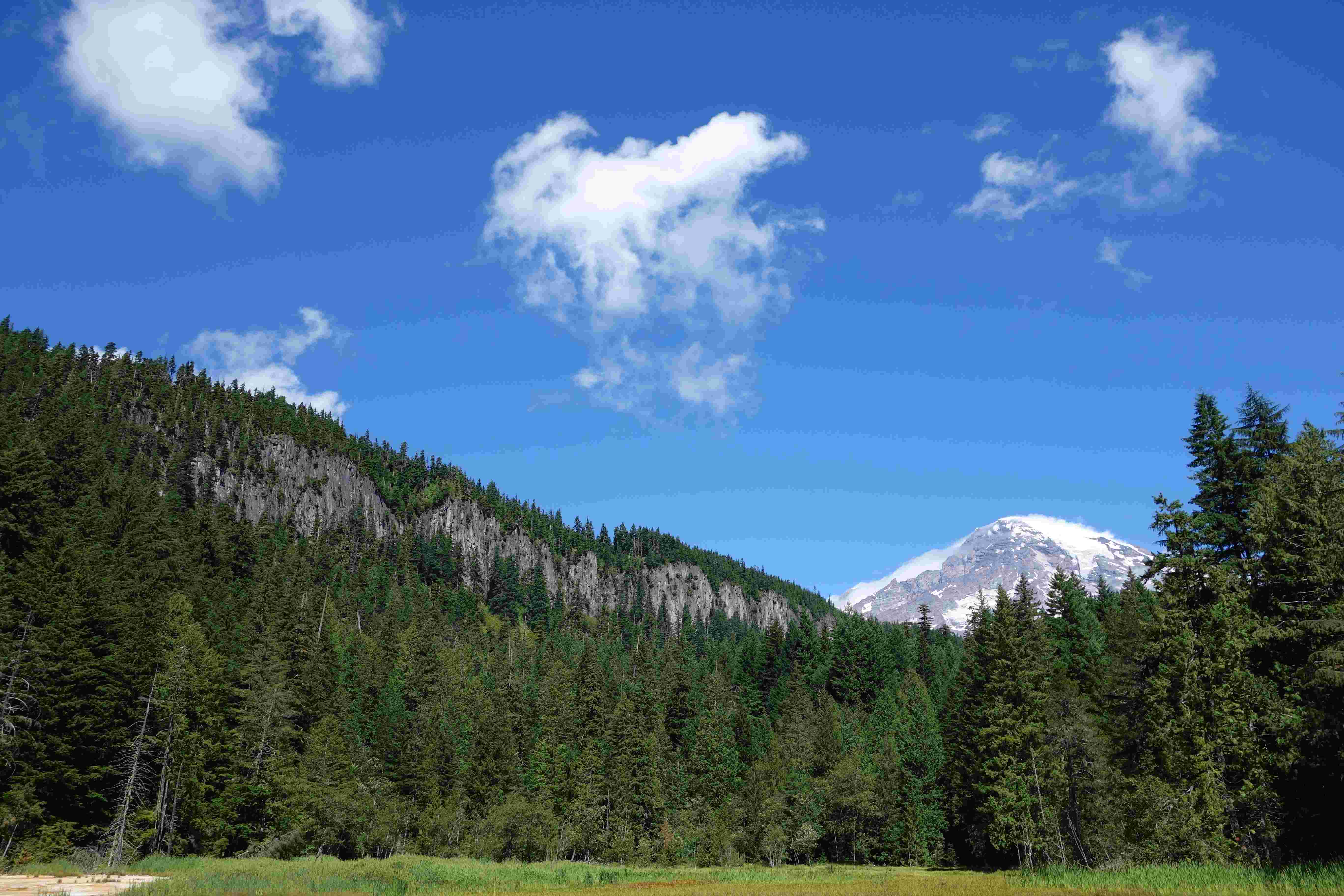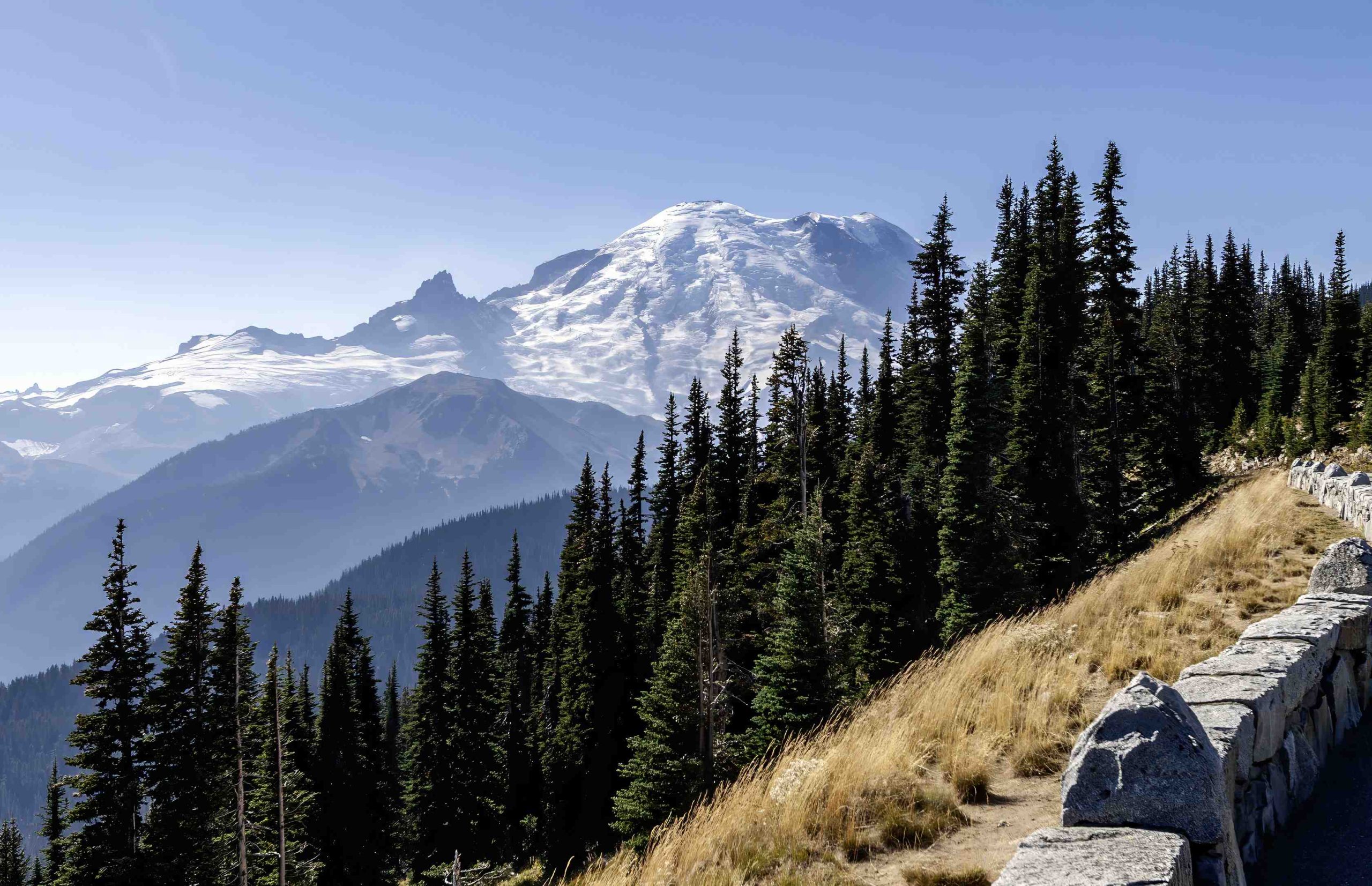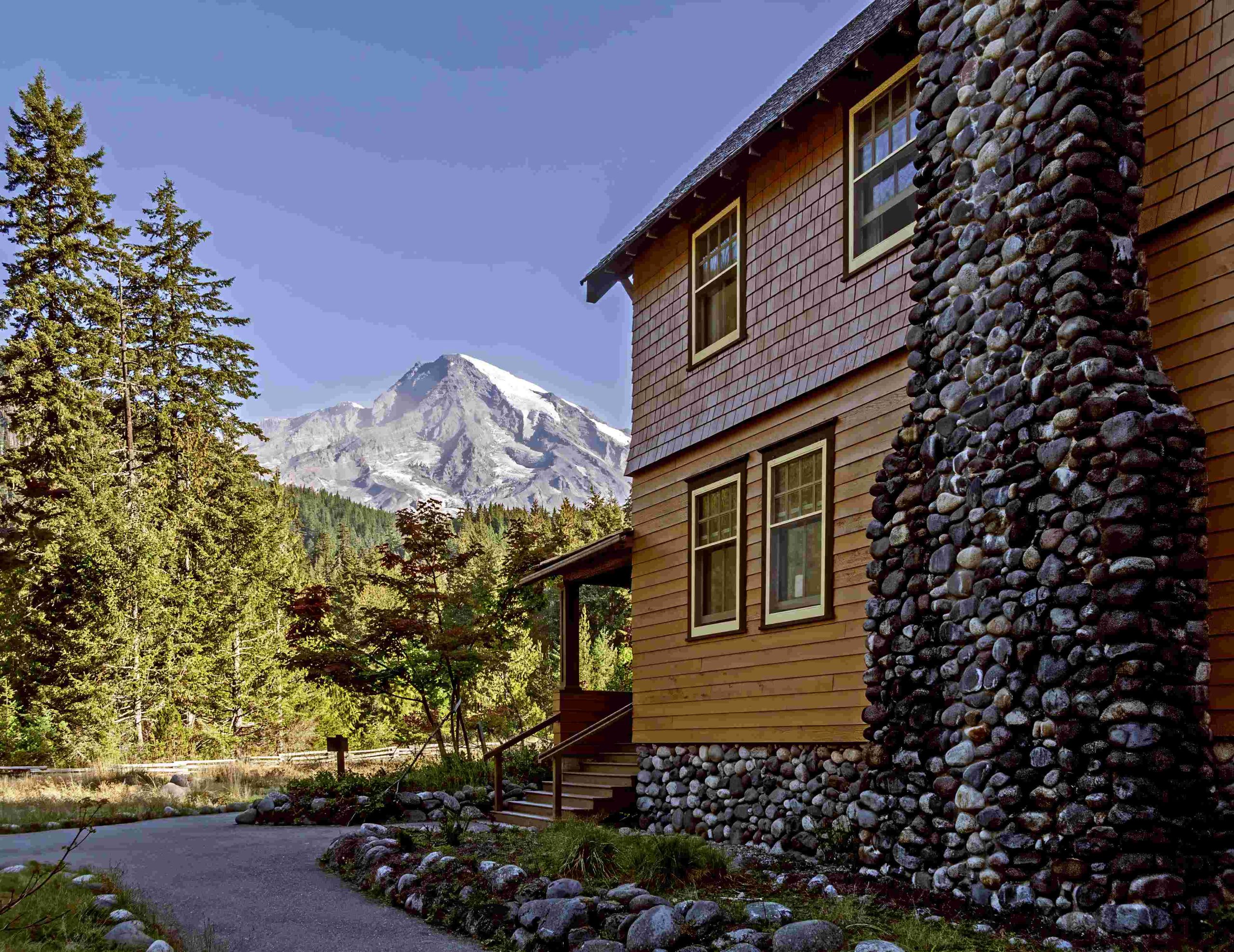Mount Rainier, an iconic stratovolcano in Washington State, has long captivated visitors with its majestic beauty and challenging terrain. While the park is known for its stunning landscapes and diverse ecosystems, there have been no documented sightings or legends of a hooded figure roaming its slopes. Despite the absence of paranormal activity, Mount Rainier continues to offer a wealth of natural wonders and outdoor experiences for visitors to explore.
What is the Origin of the Mount Rainier Hooded Figure Myth?

The concept of a hooded figure at Mount Rainier appears to be a misconception or urban legend. There are no historical records, Native American legends, or documented sightings that support the existence of such a phenomenon. Mount Rainier’s rich cultural and natural history is well-documented, and it does not include any references to mysterious hooded figures.
Are There Any Paranormal Activities Reported at Mount Rainier?

While Mount Rainier is not associated with paranormal activities, it does offer a range of natural phenomena that can be awe-inspiring and sometimes mysterious:
- Lenticular clouds: These disc-shaped clouds often form around the mountain’s peak, creating an otherworldly appearance.
- Glacial activity: The movement and cracking of glaciers can produce eerie sounds.
- Wildlife encounters: Rare sightings of elusive animals like mountain goats or black bears can feel magical.
- Aurora borealis: On rare occasions, the northern lights can be visible from the mountain, creating a surreal atmosphere.
What Are the Real Attractions at Mount Rainier National Park?
Instead of searching for non-existent hooded figures, visitors to Mount Rainier can enjoy a multitude of genuine attractions:
- Diverse Ecosystems: From subalpine meadows to old-growth forests
- Glaciers: The most glaciated peak in the contiguous United States
- Wildflower Displays: Spectacular blooms in subalpine meadows during summer
- Wildlife Viewing: Opportunities to see various species in their natural habitat
- Hiking Trails: Over 260 miles of maintained trails for all skill levels
- Scenic Drives: Routes offering breathtaking views of the mountain and surrounding landscapes
How Can Visitors Safely Explore Mount Rainier?
To ensure a safe and enjoyable visit to Mount Rainier National Park, consider the following tips:
- Check weather conditions before your trip
- Bring appropriate gear and clothing for changing weather
- Stay on designated trails to protect yourself and the environment
- Carry plenty of water and snacks
- Inform someone of your hiking plans
- Be aware of wildlife and maintain a safe distance
What Are Some Popular Hiking Trails at Mount Rainier?
Mount Rainier offers a variety of hiking trails suitable for different skill levels:
| Trail Name | Difficulty | Distance | Elevation Gain |
|---|---|---|---|
| Skyline Trail | Moderate | 5.5 miles | 1,700 feet |
| Wonderland Trail | Difficult | 93 miles | 22,000 feet |
| Naches Peak Loop | Easy | 3.5 miles | 600 feet |
| Burroughs Mountain | Moderate to Difficult | 7.5 miles | 2,500 feet |
| Comet Falls | Moderate | 3.8 miles | 1,250 feet |
What Facilities Are Available for Visitors at Mount Rainier?
Mount Rainier National Park provides various facilities to enhance visitor experience:
- Visitor Centers: Paradise, Sunrise, Ohanapecosh, and Longmire
- Campgrounds: Several options for overnight stays
- Lodges: National Park Inn and Paradise Inn for comfortable accommodations
- Picnic Areas: Scattered throughout the park
- Gift Shops and Dining: Available at visitor centers and lodges
How Does Mount Rainier Contribute to Scientific Research?
Mount Rainier serves as a valuable site for scientific studies:
- Glaciology: Research on glacier movement and climate change impacts
- Volcanology: Monitoring of seismic activity and volcanic processes
- Ecology: Studies on plant and animal communities in various ecosystems
- Geology: Investigations into the mountain’s formation and ongoing geological processes
What Conservation Efforts Are in Place at Mount Rainier?
The National Park Service implements several conservation initiatives:
- Habitat restoration projects
- Invasive species management
- Wildlife protection programs
- Air and water quality monitoring
- Cultural resource preservation
How Can Visitors Contribute to Mount Rainier’s Preservation?
Visitors can play a role in preserving Mount Rainier’s natural beauty:
- Practice Leave No Trace principles
- Participate in volunteer programs
- Support park conservation efforts through donations
- Educate others about the importance of protecting natural areas
- Follow park regulations and guidelines
In conclusion, while the notion of a Mount Rainier hooded figure may spark curiosity, the real magic of this national park lies in its natural wonders, diverse ecosystems, and the opportunities it provides for outdoor adventure and scientific discovery. By focusing on these genuine aspects, visitors can fully appreciate the true essence of Mount Rainier and contribute to its preservation for future generations.
References:
1. Skyline Loop Trail Guide
2. Washington Trails Association – Skyline Trail Loop
3. Mount Rainier National Park Trail Maps

